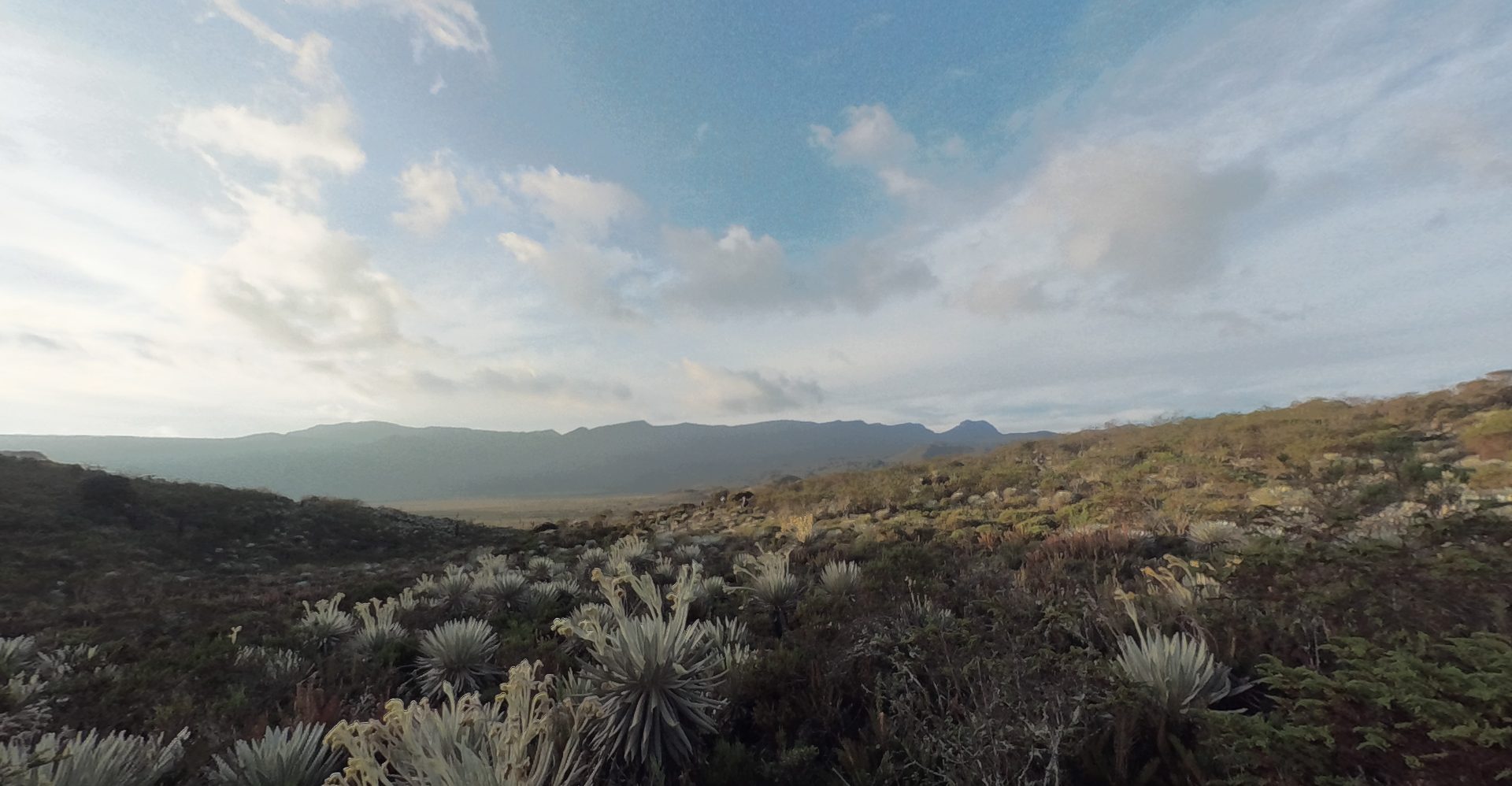
Posted by J Serrano
30 August 2019In the high Andean forests around “Pantano de Martos” (Swamp of Martos), in Colombia, the BioResilience’s ecology team gathered in the field to measure forest diversity and the response of the Andean forest to variables of change.
The area, now called “Pantano de Martos”, used to be a lake, and one of the venues of traditional ceremonies by the local indigenous communities about 400 years ago. However, later, during colonial and post-colonial times the area was transformed into a swamp, with dramatically lower water levels and channels around it that prevented the recovery of the original water body. Now, the area is a swamp that hosts stable aquatic communities of plants and that provides clues for the understanding of the history and future of these ecosystems.

Landscape view of the Pantano. Photo credit: Julieth Serrano.
The forest we found in Martos has also been transformed, and areas where land use change, driven by agriculture expansion and tree plantations, are found in a matrix that also has patches of conserved high Andean forest.

Pastures, degraded forest and conserved areas are found together in Martos. Photo credit: Julieth Serrano.